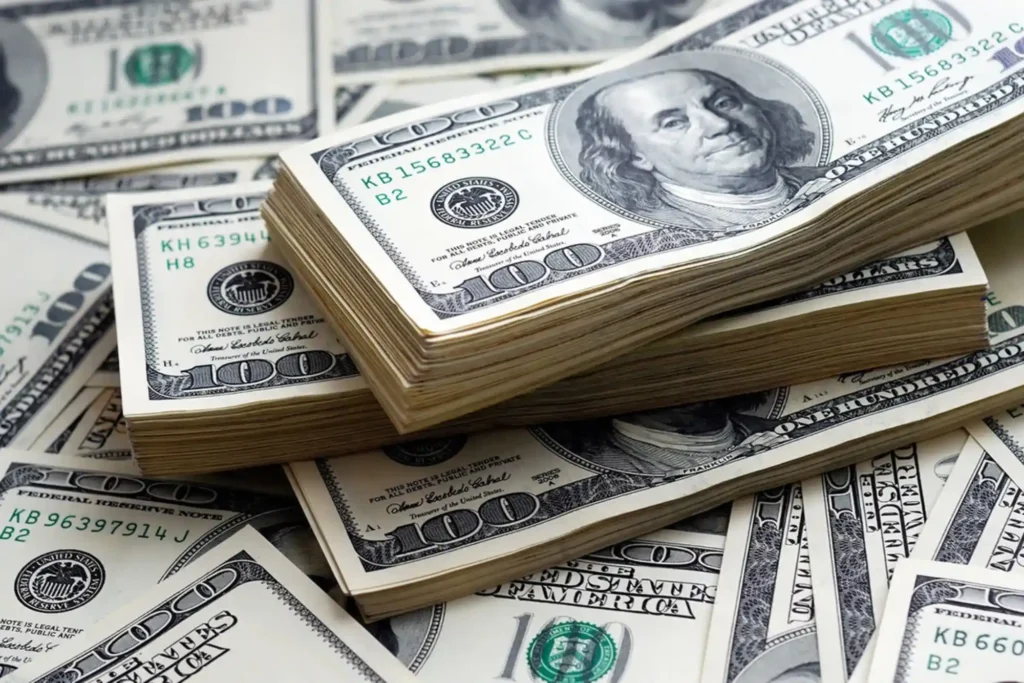The exchange rate between the US Dollar (USD) and the Indian Rupee (INR) is a critical economic indicator that impacts trade, investment, and the financial well-being of individuals and businesses. Understanding how the dollar price in rupees is determined, the factors influencing it, and its implications is essential for informed decision-making. This article delves deep into the subject, providing a comprehensive overview.
What Is the Dollar Price in Rupees?
The dollar price in rupees refers to the exchange rate or the value of one US Dollar in terms of Indian Rupees. For example, if the exchange rate is 1 USD = 83 INR, it means one dollar can be exchanged for 83 rupees. This rate is dynamic and fluctuates based on various global and domestic factors.
Factors Influencing the Dollar Price in Rupees
- Demand and Supply: The fundamental economic principle of demand and supply significantly impacts the dollar price in rupees. Higher demand for dollars in India, such as for imports or foreign investments, increases the price of the dollar.
- Interest Rates: Differences in interest rates between India and the US influence currency values. If the US Federal Reserve raises interest rates, the dollar becomes more attractive, increasing its value against the rupee.
- Inflation Rates: Countries with lower inflation rates generally see an appreciation in their currency value compared to nations with higher inflation rates.
- Economic Stability: The perception of a country’s economic and political stability can attract or repel foreign investors, influencing currency demand.
- Global Trade Balance: India’s trade balance, whether a surplus or deficit, affects the demand for foreign currencies, including the US dollar.
- Foreign Investments: An influx of foreign direct investment (FDI) or portfolio investments strengthens the rupee, while outflows weaken it.
Historical Trends in the Dollar Price in Rupees

The value of the rupee against the dollar has seen significant fluctuations over the years. Initially pegged, the rupee became free-floating in 1991 after India’s economic liberalization. Here’s a brief overview of historical trends:
| Year | Dollar Price in Rupees | Major Events |
|---|---|---|
| 1991 | 17.90 | Economic reforms and liberalization |
| 2000 | 45.00 | IT boom and increased imports |
| 2010 | 46.50 | Global financial crisis recovery |
| 2020 | 74.10 | COVID-19 pandemic impact |
| 2024 | 83.00+ | Geopolitical tensions and global inflation |
Impact of Dollar Price on the Indian Economy
- Trade: A higher dollar price increases the cost of imports, leading to higher prices for essential goods like oil, electronics, and machinery. On the flip side, it can make Indian exports more competitive.
- Inflation: A weakening rupee can contribute to inflation by increasing the cost of imported goods and services.
- Foreign Investments: A strong dollar may deter foreign investments in India due to reduced returns, while a stable or appreciating rupee encourages investment.
- Travel and Education: The cost of overseas travel and education rises with an increase in the dollar price.
How Is the Dollar Price in Rupees Determined?
The Reserve Bank of India (RBI) plays a vital role in maintaining the stability of the rupee. The exchange rate is determined in the foreign exchange market, where the forces of demand and supply interact. RBI intervenes when necessary to stabilize the currency, often by buying or selling dollars from its reserves.
How to Monitor the Dollar Price in Rupees

Monitoring the dollar price is crucial for businesses, investors, and individuals. Here are a few ways:
- Financial News Platforms: Regular updates are available on websites, TV channels, and mobile apps.
- RBI Announcements: The RBI provides periodic updates on exchange rates and interventions.
- Currency Converter Tools: Online tools offer real-time conversion rates.
Predictions and Trends for the Future
Analysts predict that the dollar price in rupees will remain volatile due to global uncertainties, including geopolitical tensions, changes in oil prices, and US monetary policies. However, India’s robust economic growth and increasing foreign investments may help stabilize the rupee over time.
FAQs
Q1: Why does the dollar price in rupees fluctuate?
The dollar price in rupees fluctuates due to factors like demand and supply, inflation, interest rates, and global economic conditions.
Q2: How does a high dollar price affect common people?
A high dollar price increases the cost of imported goods, affecting prices of fuel, electronics, and essential commodities, leading to inflation.
Q3: Can the government control the dollar price in rupees?
While the government cannot directly control the exchange rate, the RBI can intervene to stabilize it through foreign exchange reserves and monetary policies.
Q4: How can individuals benefit from changes in the dollar price?
Individuals can benefit by timing foreign travel, investments, or remittances when the rupee is strong against the dollar.
Q5: What is the current dollar price in rupees?
The current dollar price in rupees varies daily. Check financial news or currency converter tools for the latest rate.
The dollar price in rupees is a dynamic metric that influences multiple aspects of the Indian economy and the lives of its citizens. Understanding the factors that affect it and its implications can help individuals and businesses make informed financial decisions. As the global economic landscape evolves, staying updated on exchange rate trends will remain essential.










